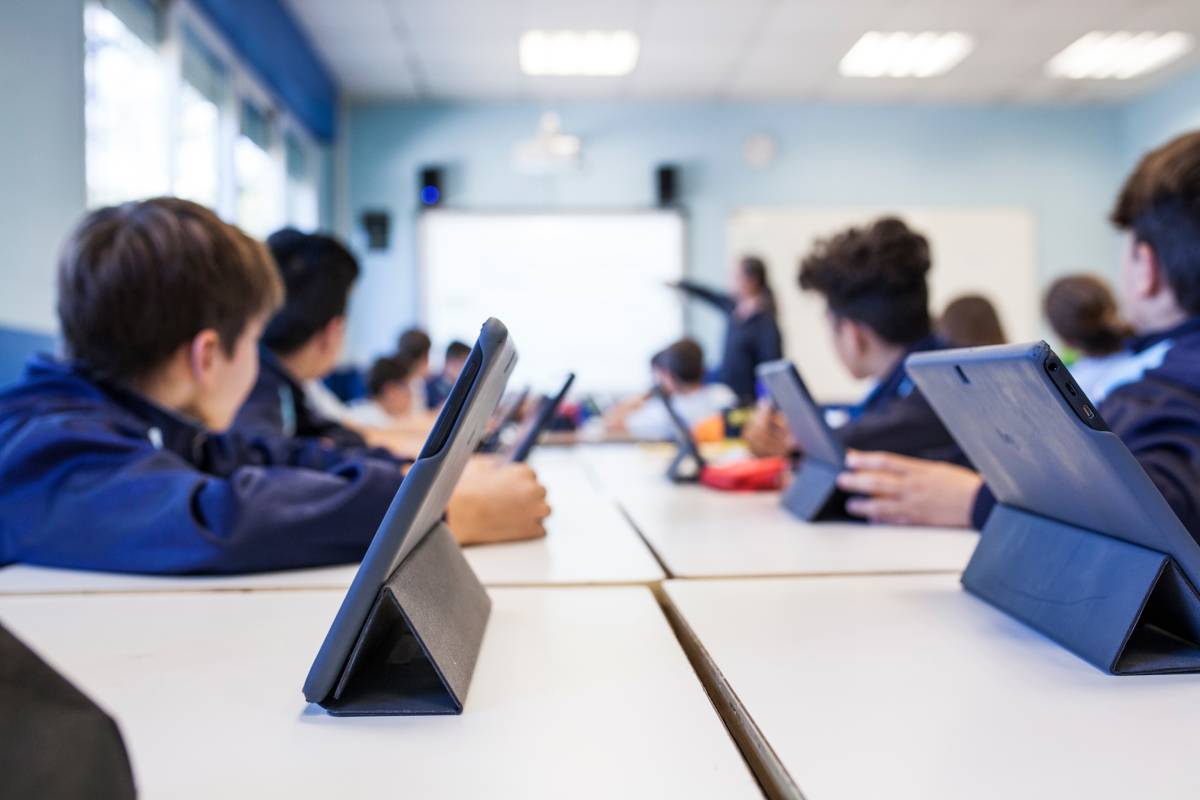A Comprehensive Guide to the Different Understanding Methods in Main Scientific Research Instruction
The exploration of diverse understanding approaches in main science guideline offers a possibility for teachers to improve student involvement and understanding substantially. By taking a look at hands-on knowing techniques, inquiry-based techniques, and collective strategies, we can recognize efficient practices that provide to numerous discovering styles.

Hands-On Understanding Techniques
Hands-on knowing methods play an essential duty in key science instruction, engaging trainees in active expedition and trial and error. These approaches permit students to interact directly with phenomena and materials, cultivating a deeper understanding of scientific ideas. By utilizing manipulatives, designs, and real-life experiments, teachers develop an atmosphere where trainees can observe, hypothesize, and evaluate their ideas.
Such techniques not only enhance understanding yet additionally grow important reasoning and analytical skills. When students join activities like constructing straightforward equipments, growing seeds, or carrying out chemical reactions, they are encouraged to ask inquiries and look for responses through their own monitorings. This experiential technique assists to demystify intricate clinical principles, making them much more relatable and accessible.
In addition, hands-on understanding promotes collaboration amongst peers, as trainees frequently function in teams to conduct experiments or share findings. This synergy not only improves their discovering experience but additionally establishes important social abilities. Eventually, integrating hands-on strategies in primary scientific research direction cultivates a long-lasting love of learning and inquisitiveness regarding the environment, laying a strong foundation for future scholastic pursuits in scientific research and past.
Inquiry-Based Learning
Inquiry-based discovering is a training approach that motivates students to ask concerns, investigate sensations, and construct their very own understanding of scientific principles. This method moves the emphasis from standard teacher-led guideline to a much more student-centered experience, where students take the initiative in their academic trip. By fostering interest, inquiry-based learning promotes much deeper involvement with the material, enabling pupils to explore topics in a purposeful context.
In practice, this method usually includes hands-on experiments, monitorings, and critical thinking activities that straighten closely with the scientific technique. Pupils are encouraged to develop theories, layout investigations, and evaluate information, which grows important skills such as analytic and logical reasoning. The role of the instructor in this framework is to promote exploration, assisting pupils through the questions process while encouraging independent idea and collaboration.
Furthermore, inquiry-based understanding supports a sense of ownership over the discovering procedure, motivating students to go after understanding proactively. This method not only improves understanding of clinical principles but likewise cultivates a long-lasting love for learning, gearing up trainees with the abilities essential to browse an increasingly complicated world.
Collaborative Knowing Approaches
Joint discovering methods empower pupils to participate in meaningful communications with peers, promoting a shared duty for their academic outcomes. In key science instruction, these approaches motivate students to interact to discover scientific principles, address issues, and conduct experiments (primary science tuition Singapore). By getting involved in group activities, pupils can take advantage of diverse viewpoints, enabling richer understanding and retention of scientific expertise
One trick element of collaborative understanding is the focus on communication abilities. Trainees should articulate their ideas, listen proactively to others, and work out ideas, all of which are critical competencies in both real-world and scholastic contexts. This social interaction not just improves their understanding of scientific principles yet also promotes teamwork and problem resolution skills.
Furthermore, collaborative discovering frequently leads to enhanced inspiration and involvement. When trainees see the worth of their contributions within a group, they are more probable to take possession of their understanding journey. Educators can promote this process by creating organized team jobs that straighten with curriculum objectives while giving assistance on reliable partnership methods. Overall, integrating collective knowing strategies in main scientific research guideline cultivates a dynamic understanding browse around here setting that prepares students for future scholastic and social obstacles.
Technology Integration in Scientific Research
The assimilation of innovation in primary science guideline improves discovering experiences by offering innovative devices and sources that support various training methods, including joint understanding - primary science her comment is here tuition Singapore. Using digital systems, simulations, and interactive applications enables students to involve deeply with scientific concepts, facilitating an extra hands-on method to learning
Digital labs, as an example, make it possible for learners to perform experiments safely and efficiently, advertising inquiry-based learning. These devices can mimic real-world clinical situations, permitting trainees to envision complicated processes that would certainly be difficult to duplicate in a traditional class setting. Furthermore, modern technology fosters interaction and cooperation amongst students, as they can share searchings for and collaborate on tasks through on the internet systems.
Furthermore, multimedia discussions and educational videos can enhance lessons by satisfying diverse knowing designs, making abstract principles more easily accessible. Information analysis tools likewise encourage pupils to collect and translate clinical information, enhancing vital believing abilities. On the whole, the tactical consolidation of innovation in key scientific research instruction not only enhances interaction however likewise prepares pupils for a highly innovative culture, equipping them with important skills for future scientific ventures.
Separated Direction Methods
Set apart guideline approaches are essential for addressing the varied demands of students in key scientific research education and learning. These approaches make it possible for instructors to customize their mentor techniques to fit varying abilities, interests, and learning styles within the class. By using separated direction, instructors can create an inclusive environment that cultivates interaction and improves understanding of scientific principles.
One reliable method is to use flexible organizing, which enables students to collaborate with peers at comparable skill degrees or with varying perspectives. This strategy motivates peer knowing and advertises important thinking. In addition, using choices in jobs can my site equip students, permitting them to choose tasks that resonate with their interests while still satisfying curricular objectives.
In addition, integrating tiered tasks is another beneficial method. By designing tasks with differing levels of intricacy, educators can make certain that all students are suitably challenged, regardless of their effectiveness. Using developmental assessments to assess understanding additional makes it possible for instructors to readjust their instructional techniques dynamically, making certain that each learner gets the assistance they need.
Eventually, applying distinguished guideline strategies in main scientific research education and learning not only improves trainee understanding outcomes however likewise grows a passion for science, preparing trainees for future scholastic searches.

Verdict
In recap, effective key science direction demands a multifaceted technique that encompasses hands-on knowing, inquiry-based approaches, and collaborative methods. The assimilation of technology and separated guideline even more caters to varied learning styles, promoting a setting helpful to exploration and vital reasoning.
The expedition of varied knowing techniques in main scientific research guideline presents an opportunity for teachers to improve pupil involvement and understanding considerably.Hands-on knowing methods play an essential duty in key scientific research instruction, engaging students in active exploration and experimentation.Inquiry-based knowing is a training method that motivates trainees to ask concerns, check out phenomena, and construct their own understanding of scientific concepts.Collaborative learning approaches empower pupils to involve in purposeful communications with peers, promoting a shared responsibility for their educational outcomes. Overall, incorporating joint understanding techniques in main science instruction grows a vibrant discovering atmosphere that prepares students for future scholastic and social obstacles.